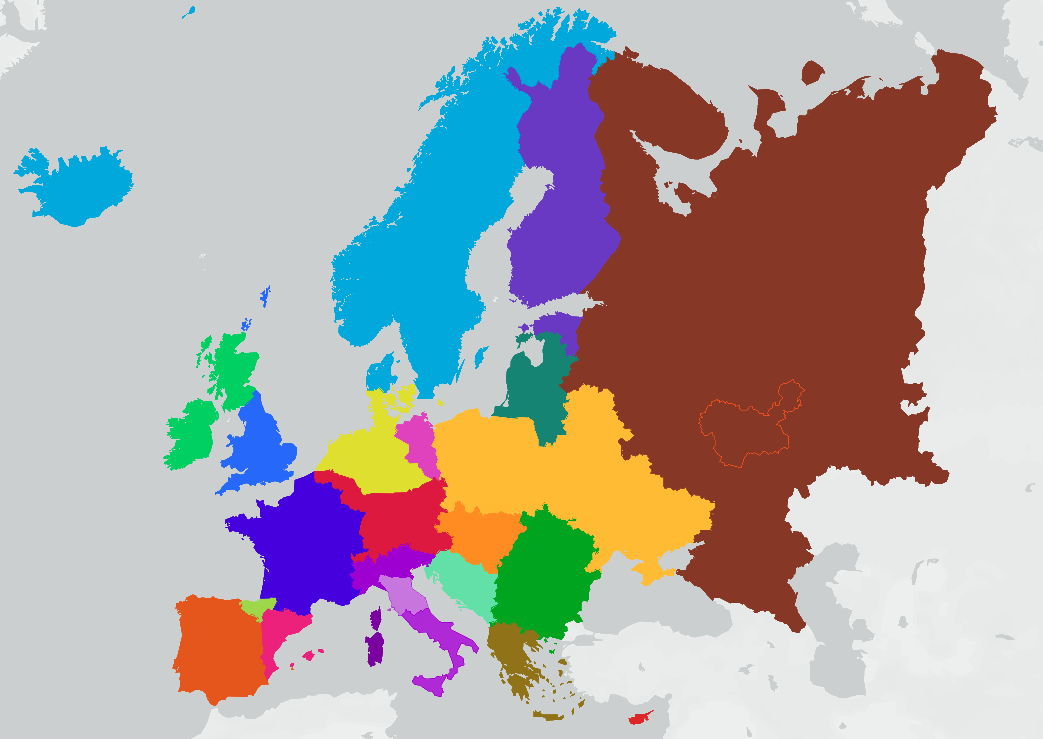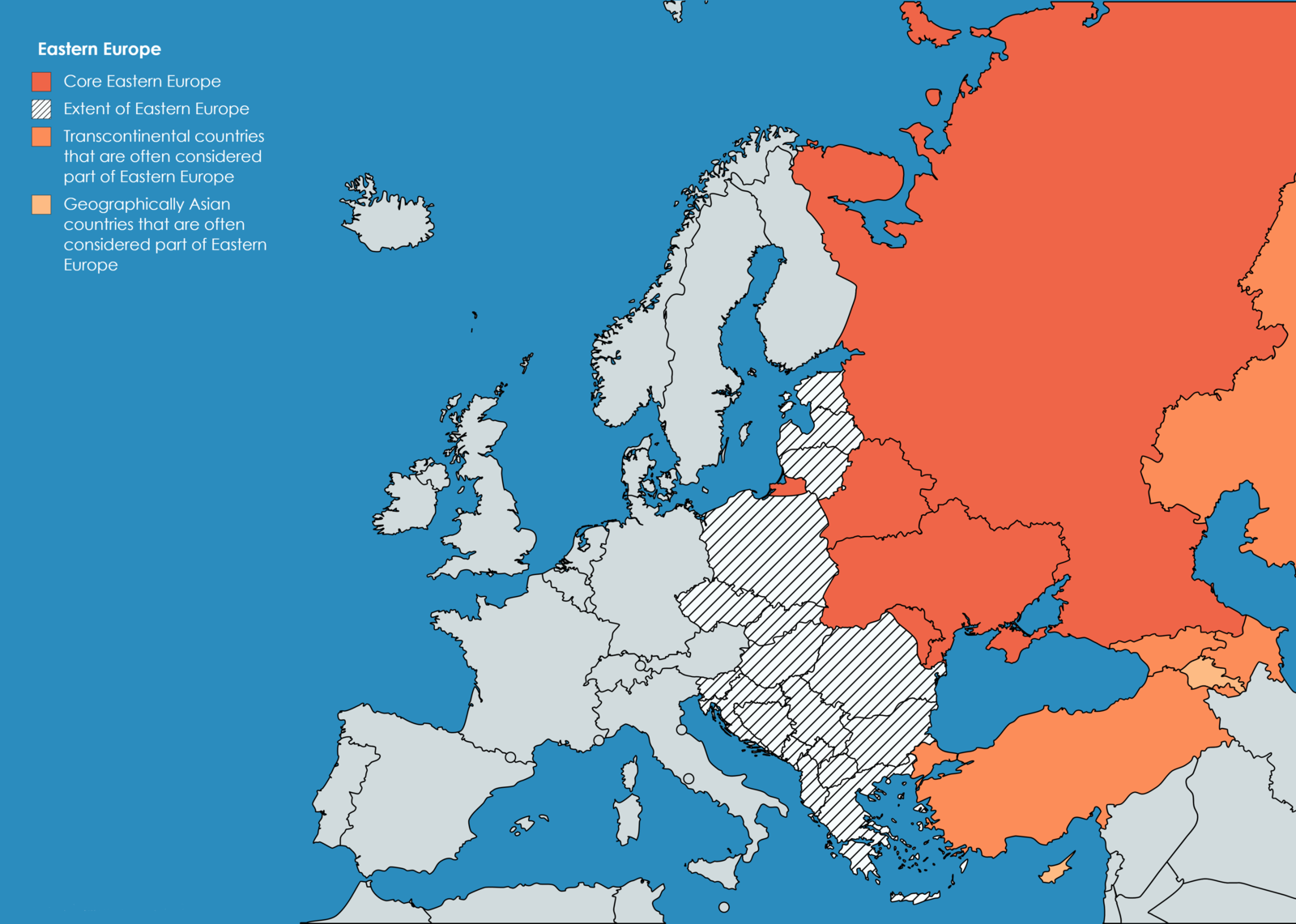Over the last two millennia, Eastern Europe has been dominated by several different groups, with the primary ones being the Slavs and the Baltic tribes. In the southern part of Eastern Europe, what we commonly call the Balkans today, there were other groups, such as the Celts (Boii and Volcae), the Thracians, and the Illyrians. Over time, these tribes formed civilisations, nations, and more, and now we have dozens of distinct and fascinating ethnics groups. You may be familiar, in today’s terms, with the Poles, Bosniaks, Romani, Croats, Serbs, Slovaks, and more.
Can you actually find out if you have Eastern European ancestry?
Yes! Of course, that’s what we are here for. By testing your DNA, we are able to extrapolate incredible details about your ancestors and report that information to you. We are also able to go much deeper than just ‘Yes, you have Eastern European ancestry’ or not. Our scientists can learn which regions of Eastern Europe your ancestors inhabited, understand migration patterns, and report many other secrets from the past.
The first thing to do is to zoom in closer than just ‘Eastern European’ and accept that there are so many amazing cultures and people who get wrapped up in this loose term.
What is Eastern Europe and isn’t this term too broad?
Here at Living DNA, we split the term ‘Eastern European’ into some smaller groups, because this is a huge landmass with a really diverse ancestral history.
Below we’ve included a colour-coded map that shows the different areas:
- Northeast Europe (Belarus, Ukraine, most of Poland) - Yellow
- Pannonia (Hungary, parts of Austria and Slovakia) - Orange
- Western Balkans (Former Yugoslav Republics) - Light Green
- Eastern Balkans (Bulgaria, Romania) - Dark Green
- Baltics (Latvia, Lithuania, Estonia) - Teal
- Aegean (Greece, part of Albania) - Khaki
- Western Russia - Brown
- Mordovia - brown inside orange outline

To agree on what an Eastern European person is, it’s important to understand where the region begins and ends. For most geographers, the western frontier is the border of Poland and Germany. The most southern part of Eastern Europe is Greece, and the most northern is Estonia. On the eastern side, many agree that the Eastern European ethnic groups stretch as far as the Ural Mountains of Russia. In total, 21 countries can be described as Eastern European states.

What were the major migrations in this area?
What’s interesting about these nations and their ancestry is that there have been several prominent invasions throughout history that have introduced other cultures into the story. For example, the rise and fall of the Roman and Byzantine empires saw a lot of migrations over quite a large landmass between the 5th and 8th centuries. After that, the Magyar’s arrived from Asia at the start of the 10th century in the Carpathian Basin (what is known today as Hungary). The Magyars were completely different from the Slavs, who lived nearby, and they did not adopt their language. North-east of this region, the modern areas of Belarus, Ukraine, and Western Russian combined forces to create a capital in Kyiv and become known as the Rus’ People or Rus’ Vikings.
At the same time, there was also the Mongol invasion from the Far East, which saw quick raids and battles from horseback raiders achieving huge land conquests in a very short amount of time. It is because of this that geneticists estimate 1 in 200 people are a direct ancestor of Genghis Khan, the most famous leader of the Mongol Horde.
After the Mongol retreat, Eastern Europe began to rest, only to be attacked and largely conquered by the Ottoman empire, which is essentially modern-day Turkey. They got as far as Hungary and Romania, with many settling in the conquered Balkan lands and creating a very mixed Southern European region. For 300 years the Ottomans ruled this region peacefully and even welcomed almost 1,000,000 Jewish people leaving the Middle East to find a new home.
What does all of this information mean in modern terms?
To put it plainly and into modern terms:
- The dominant DNA groups in Eastern Europe are still the Slavs and the Baltics
- Southern European groups, such as the Greek and Balkan tribes, are the second-largest Eastern European groups
- Middle-Eastern Arabs and Jewish persons are the next largest groups in the region
- Some Eastern Europeans will find a small trace of Mongol or Hun, especially around Hungary
- There is also a small percentage of Western European DNA, largely made up of French and Germans who have pushed east (mostly to fight against Russia) over the centuries, especially during WW1 and WW2
What are the best ways to find out more about your Eastern European ancestry?
Because of the upheavals, wars, mass migrations, and invasions over the years, as well as nations forming, collapsing, and reshaping, it’s very hard to find accurate physical documentation about this region. For that reason, we advise doing a Living DNA ancestry kit first and using this as your point of reference to find out more.
If you do know where your grandparents or even great grandparents came from, you should begin researching databases and census documents with those countries. Be aware that inconsistent spellings, languages, and nicknames for individuals can make the research process tricky, as can the changing names of cities, towns, and villages. Remember that much of Eastern European history was recorded in Cyrillic Script (the same alphabet that Russia, Belarus, Bulgaria, and 47 other languages use today).
Which Eastern European countries might offer you citizenship?
- Bulgaria offers citizenship if one of your parents is Bulgarian
- The Czech Republic offers citizenship if both grandparents are Czech, or if one parent is Czech and it can be proved by a DNA test
- Croatia may offer citizenship to the great-grandchildren of Croats
- Estonia offers citizenship if one of your parents was Estonian at the time of your birth
- Greece offers citizenship to the grandchildren of Greeks through an expedited naturalisation process
- Provided you can trace your ancestry, Hungary offers citizenship much further back, as far back up the line of ancestry as you can prove
What can you learn from using a Living DNA kit?
Our ancestry DNA test kit will look at various genetic markers to help uncover the truth of your Eastern European ancestral past, such as:
- Recent ancestry - exploring 500 years of ancestry
- Sub-regional ancestry - providing the industry’s most advanced sub-regional information about where your ancestors lived and migrated to
- Extended ancestry - looking back tens of thousands of years at your ancestors’ global journeys to see how they ended up where they did
- DNA matches - seeing if any other DNA testing customers come up as a biological match with you!
